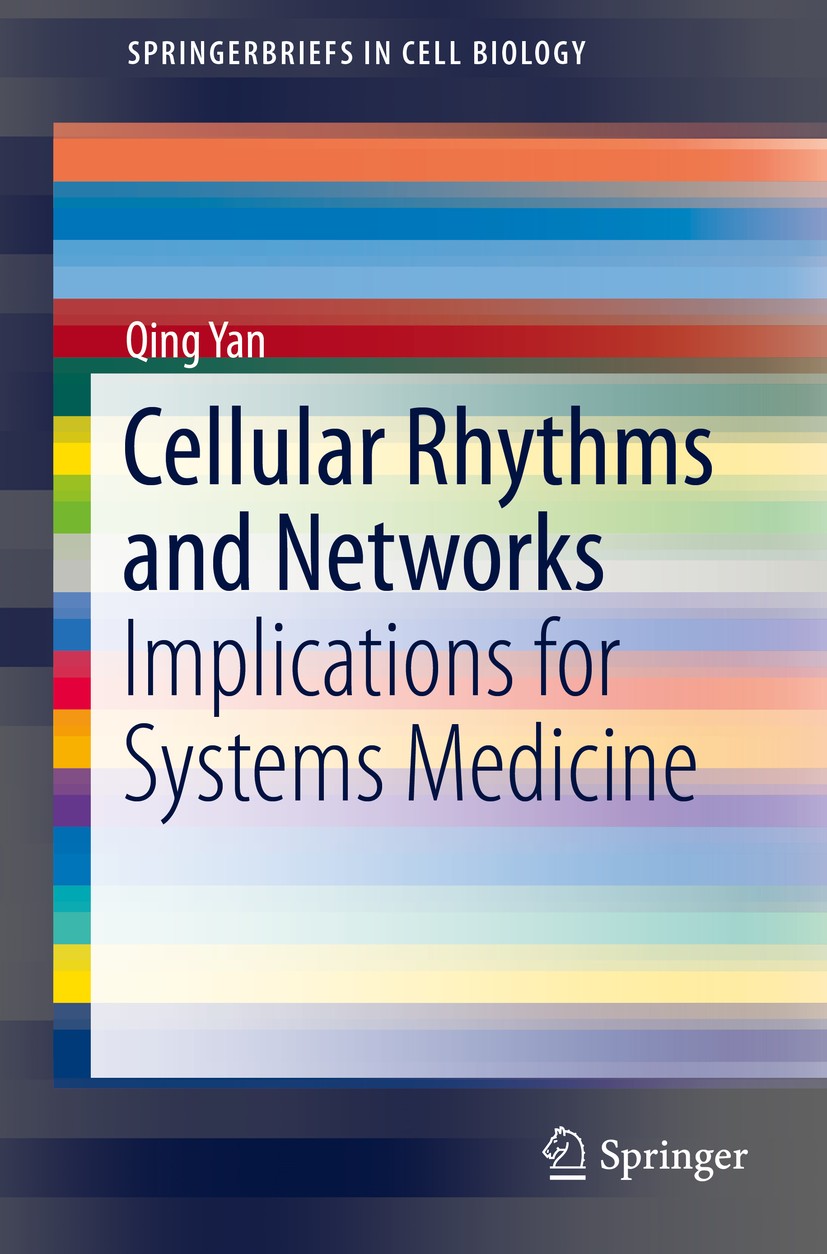| 书目名称 | Cellular Rhythms and Networks |
| 副标题 | Implications for Sys |
| 编辑 | Qing Yan |
| 视频video | http://file.papertrans.cn/224/223066/223066.mp4 |
| 概述 | Provides a thorough, systematic overview of cellular rhythms and their roles in complex diseases and the development of medicines.Explains and defines the circadian clock which is critical to understa |
| 丛书名称 | SpringerBriefs in Cell Biology |
| 图书封面 |  |
| 描述 | This book provides an overview of circadian rhythms and cellular networks in their relation to biological systems and dynamical medicine. Six concise chapters explore circadian cell rhythms and biomarkers in inflammation, cardiovascular disease, cancer, depression, and more in causing and treating these ailments. The final chapter discusses optimization of drug delivery and individualized treatment systems using chronotherapy and chronobiology-based biomarkers as a general system of medicine. Succinct yet comprehensive, Cellular Rhythms and Networks, part of SpringerBriefs in Cell Biology presents a novel framework for clinical applications in personalized and systems medicine. It is invaluable reading for researchers and clinicians in cell biology, mood disorders, and systems medicine. |
| 出版日期 | Book 2015 |
| 关键词 | biomarkers; chronotherapy; circadian rhythm; mood disorders; systems medicine; Cell Cycle Analysis; System |
| 版次 | 1 |
| doi | https://doi.org/10.1007/978-3-319-22819-8 |
| isbn_softcover | 978-3-319-22818-1 |
| isbn_ebook | 978-3-319-22819-8Series ISSN 2625-3534 Series E-ISSN 2625-3542 |
| issn_series | 2625-3534 |
| copyright | Springer International Publishing Switzerland 2015 |
 |Archiver|手机版|小黑屋|
派博传思国际
( 京公网安备110108008328)
GMT+8, 2025-11-13 03:40
|Archiver|手机版|小黑屋|
派博传思国际
( 京公网安备110108008328)
GMT+8, 2025-11-13 03:40


